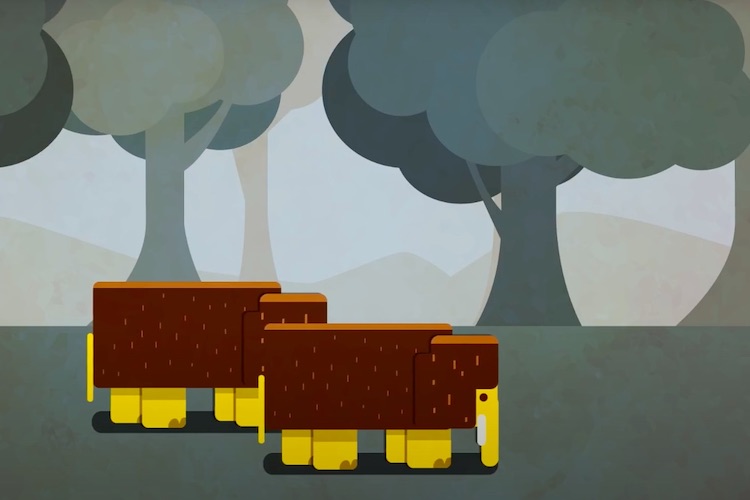Impacts of mega dams on forest animals
The construction of dams in Central Amazonia proved to have long-term negative effect on the fauna diversity of the region
news | July 6, 2015

On July 1, 2015 PLOS ONE journal published a paper titled “Widespread Forest Vertebrate Extinctions Induced by a Mega Hydroelectric Dam in Lowland Amazonia” on the influence of water dams in Central Amazonia on the various inhabitants of the region. We have asked one of the authors of the research, Prof. Maira Benchimol, to comment on this work.
The Study
In this study we examined how medium and large terrestrial and arboreal vertebrates (including 35 mammal, bird and tortoise species) responded to the drastic 26-year post-isolation history of archipelagic alteration in landscape structure and habitat quality in a major hydroelectric reservoir of Central Amazonia.
The environmental impact of the Balbina Dam is widely considered catastrophic; less than 50% of the estimated power supply at the time of construction (1986) is now generated at the expense of 236,000ha of continuous forests that were reduced to an archipelago of 3,500 islands.
Over a two year-period, we conducted quantitative surveys at 37 forest islands and three continuous forest sites using a combination of four sampling techniques (line-transect census, camera trapping, track-surveys and armadillo burrow counts) to document the patterns of local extinction in vertebrate communities within true islands. We also carried out a priority setting exercise for conservation management across all 3,500 Balbina islands using estimates of species richness and composition.
Our results showed a massive loss of mammals, birds and tortoises from the vast majority of islands formed by the creation of the vast Balbina Lake − we found that only 0.7% of all islands in the reservoir still contained a diverse community of faunal assemblages. On other words, forest biodiversity pays a heavy price when large dams are built.
Background

Differently, previous studies in South American dams were restricted to the immediate aftermath of water-level rise and isolation, when changes in faunal composition presumably occur more rapidly. Therefore, we became extremely interested in investigating the effects of a large dam on forest biodiversity, and saw the Balbina Dam as a unique scenario for that.
Because terrestrial vertebrates are fundamental components of forest dynamics and are also widely hailed as conservation icons, we decided to start our project assessing their responses to the dam construction. Our extensive experience on arboreal and terrestrial vertebrates were also essential for project design and implementation.
Future direction
We sincerely hope that our policy reccommendations can be applied in the real world. The catastrophic effects on terrestrial biodiversity indicates that hydropower projects are far from environmentally friendly and new projects need to be rethinking by policy-makers and energy strategists.
Nevertheless, if a mega-dam is absolutely necessary, we suggest that habitat and biodiversity losses should be at least compensated by environmental offsets. Our reccommendation in this case is the creation of strictly protected areas covering the entire reservoir and adjacent continuous forest sites.
Our research group has been now looking at the effects of the Balbina Dam on other fauna and flora components. Small mammals, insectivorous birds, bees, wasps and plants have been intensively studied at the same surveyed islands from this actual study.
If you would like to contribute your own research, please contact us at [email protected]





























